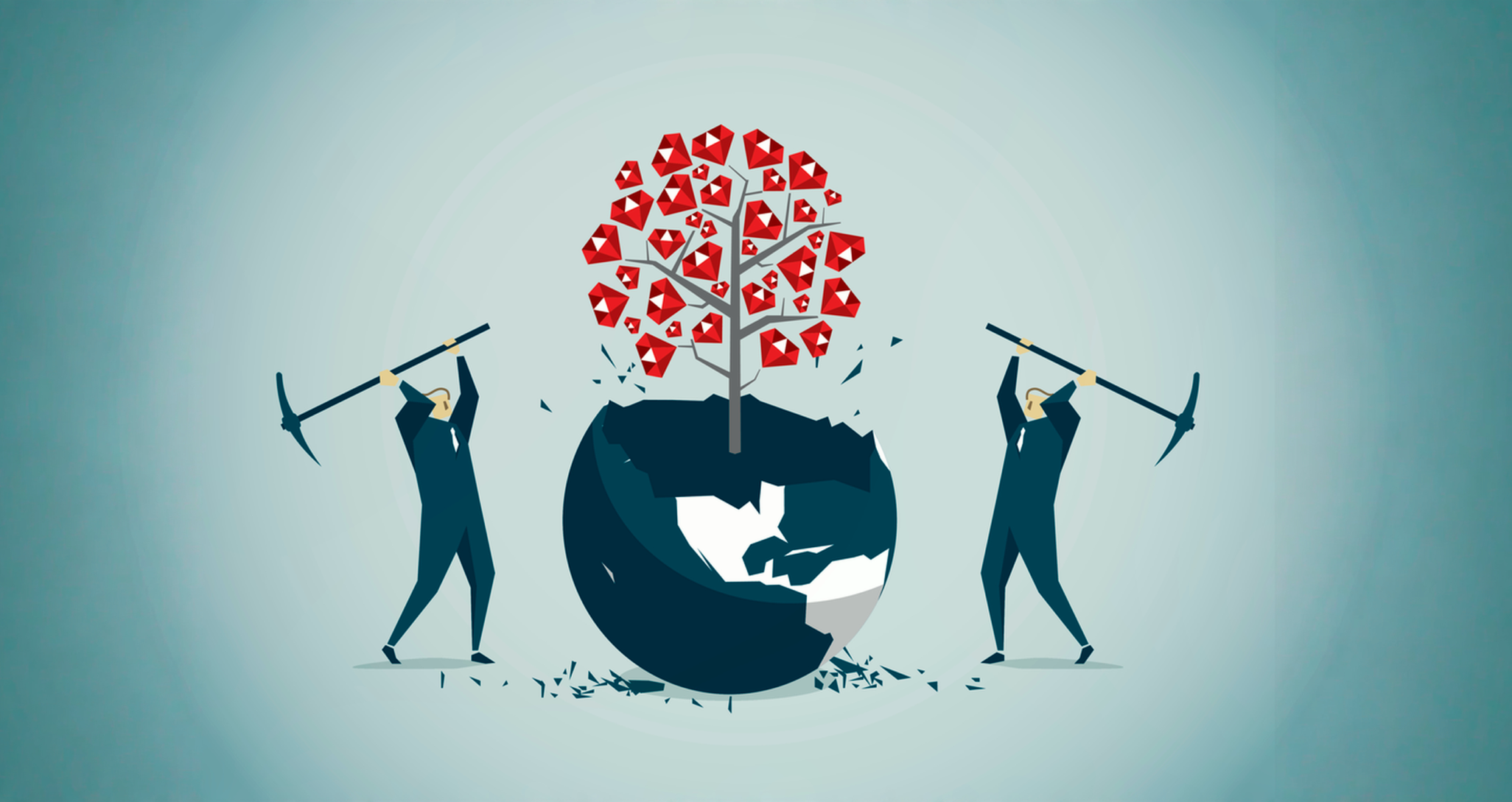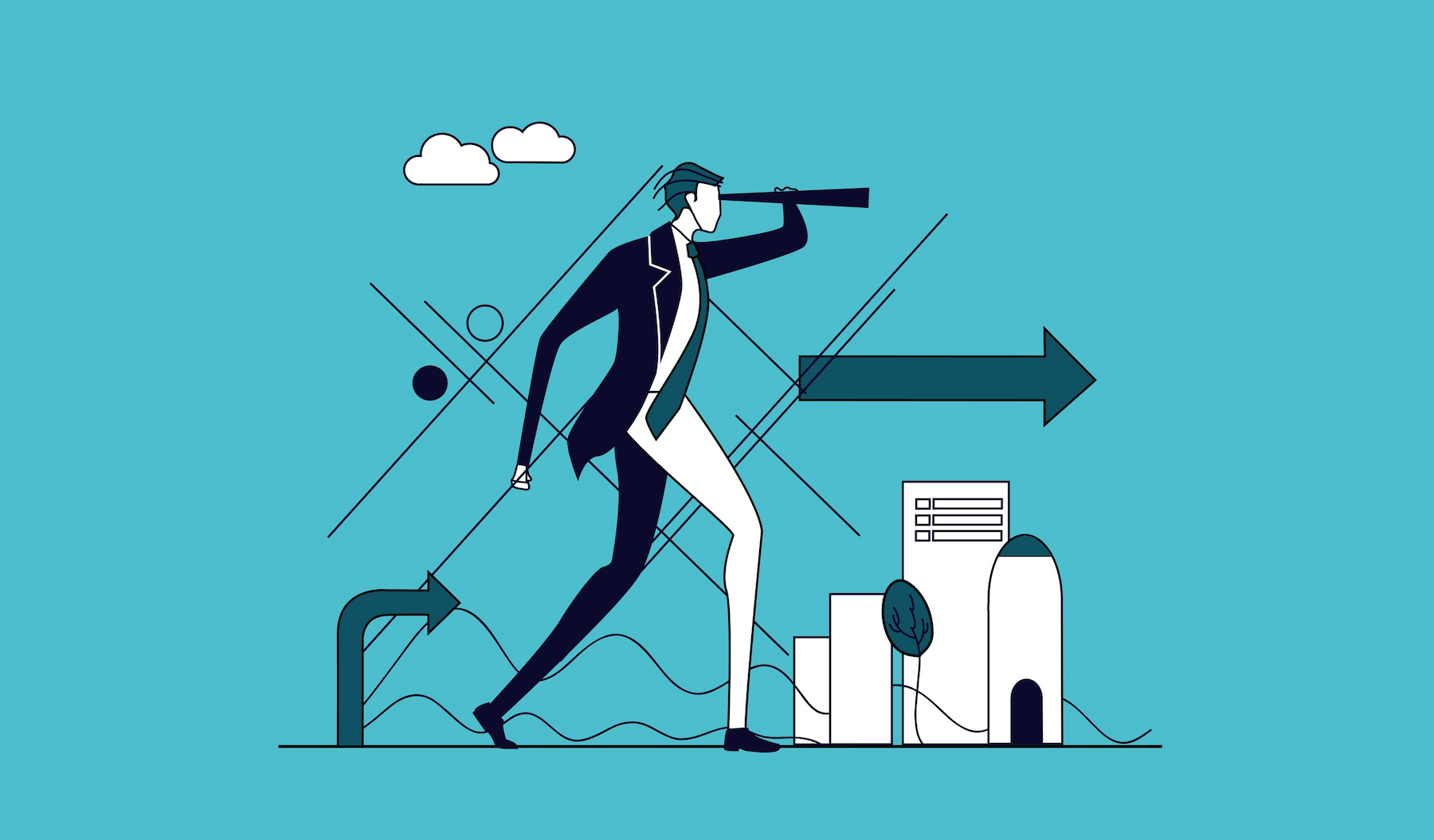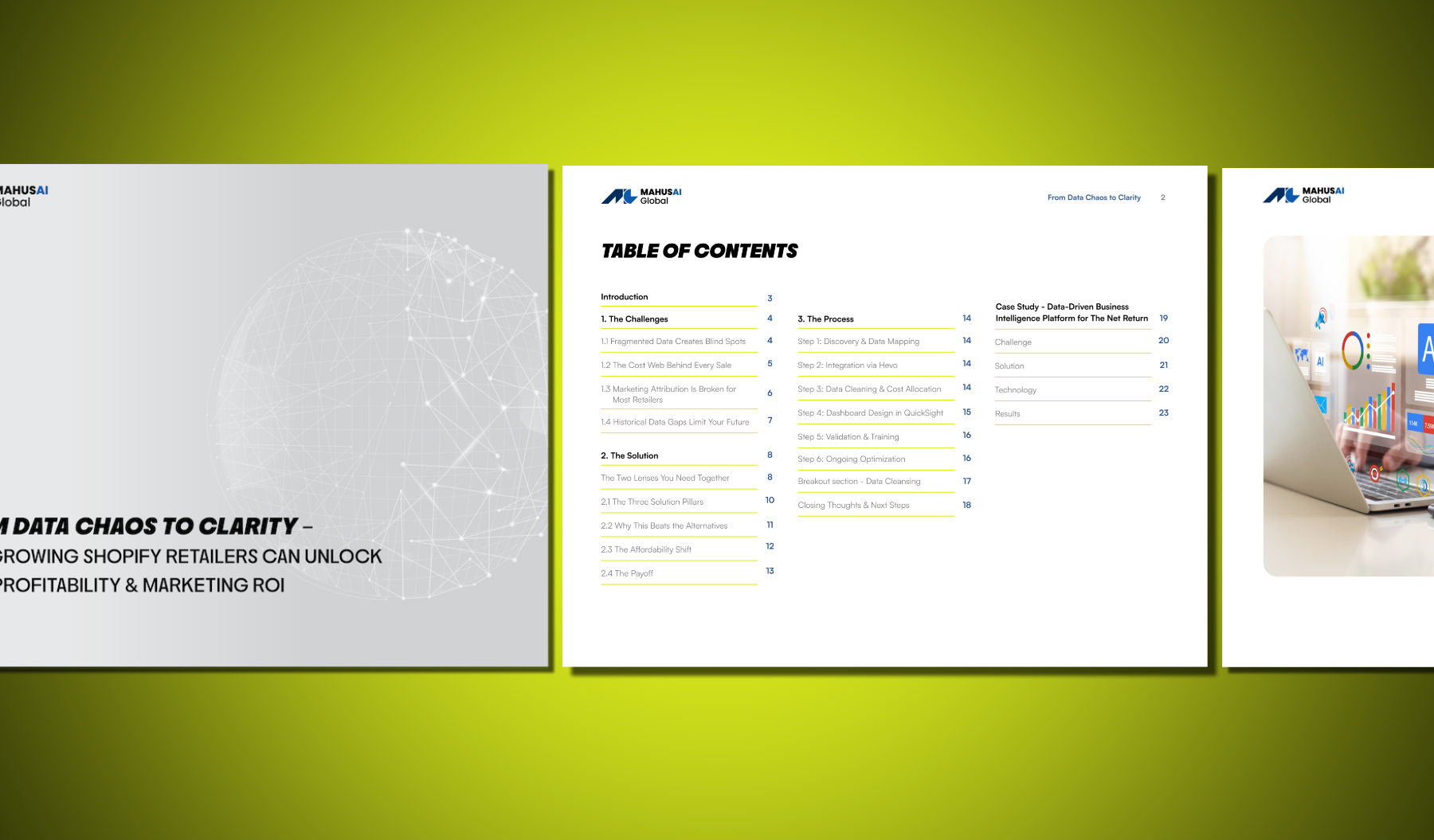When people talk about AI, they usually think about automation or content creation. But the real game-changer comes when you combine two different strengths:
- Generative AI: the ability to come up with new ideas, designs, or strategies.
- Optimization algorithms: the ability to find the most efficient way to make those ideas work in the real world.
Together, they don’t just automate — they help businesses make smarter decisions, save money, and adapt in real time.
What Optimization Really Means
Optimization is just another word for finding the best possible outcome given certain limits. Business leaders do this every day, but often by gut feel or spreadsheets. Optimization algorithms do it at a scale and speed humans can’t.
Think of it like this:
- You’re planning a delivery route with 50 trucks. There are thousands of possible routes. Which one delivers on time, saves fuel, and costs the least? That’s an optimization problem.
- Or you’re allocating marketing dollars. Which mix of channels gets the best return without overspending? Another optimization problem.
- Or you’re scheduling nurses in a hospital. Who covers which shift while respecting labor rules, costs, and patient demand? Again, optimization.
Optimization algorithms don’t just automate — they search through countless possible choices and pick the one that best fits your goals and constraints.
When you combine this with generative AI, you get the best of both worlds:
- AI comes up with ideas, scenarios, or strategies.
- Optimization figures out which ones are actually possible and which one is best.
Smarter Planning and Decision-Making
Business leaders often face choices that are less about what’s possible and more about what’s wise. Generative AI and optimization provide a way to navigate these trade-offs.
Take demand forecasting and inventory management. A consumer goods company is preparing for holiday season demand.
- AI generates scenarios. The AI produces thousands of possible demand curves by factoring in seasonal trends, economic conditions, competitor moves, and even weather patterns.
- Optimization selects the best strategy. The optimization layer evaluates these possibilities against inventory holding costs, supplier lead times, and warehouse space. It pinpoints the stock levels and reorder points that minimize costs while keeping service levels high.
- The outcome. The company avoids the two classic mistakes—empty shelves when customers are buying, or warehouses packed with unsold goods.
Here, AI provides breadth by imagining “what could happen.” Optimization provides focus by determining “what we should do.” Together, they support more confident planning.
Efficiency Gains Across Operations
When operations get complex, managers often rely on rules of thumb. AI and optimization help cut through the noise.
Consider transportation and routing in a regional logistics firm.
- AI generates alternatives. It produces hundreds of routing options, simulating conditions like traffic, weather, fuel prices, and delivery windows.
- Optimization weighs constraints. It crunches these scenarios against constraints like truck capacity, driver hours, and promised delivery times.
- The outcome. The firm identifies routes that save fuel, meet customer commitments, and reduce overtime costs.
The shift is striking: instead of dispatchers guessing the “least bad” route, AI + optimization give them the best available one.
Personalization at Scale
Personalization can’t just be creative—it has to be practical and profitable.
Take a marketing team launching a digital campaign.
- AI generates campaign variants. It creates multiple ad versions with different messaging, visuals, and audience targeting strategies.
- Optimization determines reach and spend. It evaluates those campaigns against projected engagement rates, conversion probabilities, and cost-per-acquisition.
- The outcome. The company identifies the campaign mix that maximizes ROI while staying within budget.
This means personalization isn’t just scattershot experimentation—it’s tested, optimized, and rolled out in a way that balances creativity with return on investment.
Risk Management and Reliability
Supply chains are always exposed to disruption—whether from weather, labor shortages, or supplier delays. The challenge isn’t just spotting risks, but responding in a way that protects customers without adding unnecessary costs. Generative AI and optimization together make that possible.
Imagine a consumer goods company that ships products globally.
- AI generates disruption scenarios. The AI monitors global news, weather alerts, and supplier data. It generates scenarios such as a typhoon shutting down an Asian port, a labor strike at a U.S. distribution hub, or a sudden spike in demand caused by a viral trend on social media.
- Optimization maps out the best response. For each scenario, optimization weighs trade-offs: rerouting shipments through alternate ports, switching to air freight for critical orders, or reallocating inventory between regional warehouses. Each option is tested against cost, delivery time, and customer impact.
- Resilient operations. Instead of blanket delays or expensive blanket air shipments, the system recommends the smartest combination of actions—expediting only high-value orders, redirecting certain shipments, and holding others until disruptions clear.
The result: the company avoids stockouts in key markets, reduces unnecessary spending, and maintains customer confidence—even when global events throw curveballs.
Innovation and Adaptability
Finally, businesses often need to innovate—but deciding which ideas to pursue can be overwhelming. AI and optimization bring discipline to innovation.
Imagine a consumer goods company brainstorming new eco-friendly packaging.
- AI produces concepts. The system generates dozens of designs: compostable wrappers, plant-based plastics, refillable containers, and more.
- Optimization runs the numbers. It evaluates manufacturing costs, shipping weight, regulatory compliance, and customer acceptance rates.
- A winning idea emerges. The company learns that refillable containers strike the best balance between cost, customer loyalty, and environmental goals—guiding R&D and marketing toward the most practical innovation.
How to Apply This to Your Business
You don’t need to overhaul your entire operation to start. The key is to look for areas where decisions are complex, repetitive, and have real financial impact. Here’s how to begin:
- Spot high-value opportunities - Look at processes where your team struggles with balancing speed, cost, and accuracy — like scheduling, forecasting, or pricing.
- Start small - Run pilot projects in one business function (e.g., marketing personalization or supply chain planning) to test the impact before scaling.
- Use your data wisely - Generative AI and optimization work best with clean, reliable data. Invest in improving data quality before expecting big results.
- Keep humans in the loop - These systems work best when paired with human judgment. Think of AI as a partner that generates ideas and narrows options — not as a replacement for decision-makers.
- Measure the gains - Track metrics like cost savings, time saved, accuracy improvements, and customer satisfaction. Most companies see payback within 12–18 months.
Final Thought
Generative AI is like a creative brainstormer. Optimization is like a disciplined planner. Put them together, and businesses gain the ability to imagine possibilities and immediately act on the best ones — faster, cheaper, and more reliably than ever before.
A Note from Mahusai Global Partners
At Mahusai Global Partners, we help companies bring these ideas to life. That means making data useful, setting up workflows that scale, and building AI systems that support people in doing their best work.
Curious what this could look like for your team? Reach us at info@mahusai.global.




